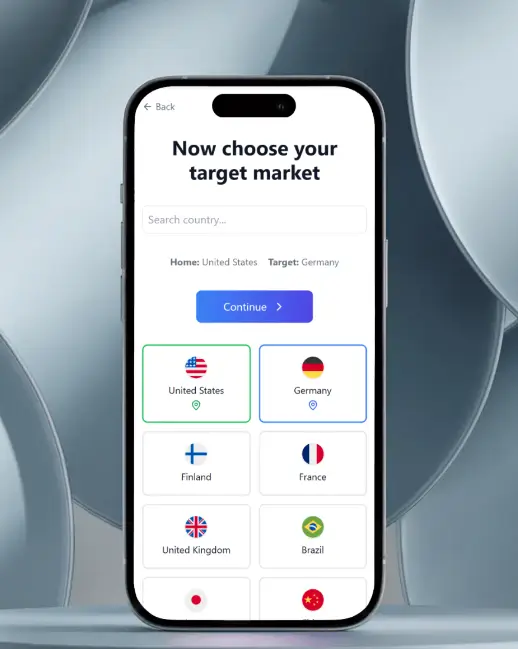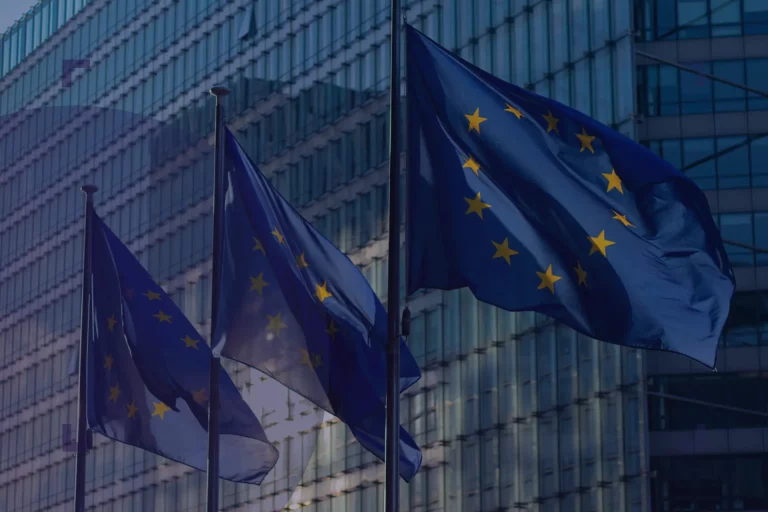For US companies considering expansion into Europe, the allure of tapping into new markets can be significant. Europe’s rich tapestry of cultures, languages, and regulatory frameworks presents unique opportunities and distinct challenges. Success depends largely on identifying the most promising countries for growth, aligning company objectives with market realities, and carefully managing risks. Here’s how US companies can strategically determine the best European destinations for expansion.
Understanding Strategic Fit
First, companies need clarity about their strategic reasons for expansion. Simply pursuing growth without a clear rationale often leads to disappointing outcomes. Objectives such as increasing market share, leveraging technological capabilities, or diversifying market risk must drive the expansion strategy. When selecting European markets, firms should align these objectives with local opportunities, whether that’s tapping into strong industrial clusters in Germany, accessing skilled talent pools in Sweden, or exploiting emerging consumer trends in Eastern Europe.
Market Research and Analysis
Effective expansion decisions depend heavily on detailed market analysis. Comprehensive research should involve examining market size, competitive landscapes, purchasing power, and consumer preferences. For instance, markets like Germany, the UK, and France offer large economies but intense competition, requiring distinct entry strategies. Alternatively, smaller countries like Ireland or the Netherlands might present fewer competitive pressures alongside strategic advantages, such as favorable regulatory environments and logistical hubs.
Assessing Economic Stability and Growth Potential
Economic indicators provide critical insights into a market’s viability. Factors such as GDP growth, unemployment rates, inflation, and business climate indices indicate the overall health and future potential of a market. While economically robust countries like Germany or the Netherlands provide stable foundations, faster-growing economies such as Poland or the Baltics might offer greater long-term opportunities, albeit with slightly elevated risk. Companies must balance short-term stability with long-term growth potential based on their tolerance for risk and strategic priorities.
Regulatory and Compliance Considerations
Regulatory complexities significantly affect market entry decisions. The EU presents a harmonized yet diverse regulatory environment—particularly in areas like data protection (GDPR), taxation, labor laws, and environmental standards. US companies must thoroughly understand these variations and compliance requirements, factoring in not only initial market entry costs but also ongoing compliance expenses. Markets with simpler regulatory frameworks or established support systems for foreign companies, such as Ireland or Luxembourg, can ease transition processes and operational burdens.
Evaluating Cultural Compatibility
Cultural alignment can significantly influence business success in Europe. Consumer behaviors, business etiquette, and negotiation styles differ markedly across European countries. For instance, Southern European markets like Italy or Spain typically emphasize relationship-building and personal connections, whereas Northern European countries such as Sweden or Denmark prioritize direct communication and transparency. Assessing cultural compatibility can improve customer acceptance, employee integration, and overall market penetration.
Talent Availability and Workforce Skills
Labor force quality and availability constitute another critical aspect. Some countries offer highly specialized talent pools beneficial for certain industries—like Germany for engineering and manufacturing or Finland and Estonia for technology sectors. Additionally, companies should evaluate labor market flexibility, availability of multilingual talent, and local employment costs. Balancing workforce quality and cost efficiency can substantially impact competitive positioning and operational sustainability.
Infrastructure and Logistics
Robust infrastructure, logistics networks, and connectivity greatly influence operational efficiency. Markets like the Netherlands and Belgium provide exceptional logistics infrastructure, making them ideal distribution hubs within Europe. Conversely, countries with less developed infrastructure might lower operating costs initially but pose logistical challenges and potential disruptions. Evaluating transportation, technology infrastructure, and supply chain capabilities in prospective countries helps mitigate operational risks and streamline expansion efforts.
Financial Incentives and Support Mechanisms
Many European governments actively incentivize foreign direct investment through tax breaks, subsidies, grants, or advantageous financing. For example, Ireland offers favorable corporate tax rates, while countries like Poland and Hungary have established special economic zones. Such incentives can dramatically lower the cost and risk associated with market entry, enhancing initial profitability and long-term viability. Careful consideration of available incentives should form part of a broader financial analysis when selecting target markets.
Common Pitfalls to Avoid
While exploring promising European markets, companies often encounter common pitfalls. These include underestimating competitive dynamics, overlooking hidden compliance costs, or overestimating market demand based on superficial data. Another frequent mistake is insufficient adaptation of products and marketing strategies to local preferences and regulatory expectations. Avoiding these pitfalls involves meticulous planning, market-specific research, and proactive risk management.
Making a Strategic Decision
Choosing the most promising European markets for expansion involves balancing strategic objectives, comprehensive market analyses, economic conditions, regulatory environments, cultural compatibility, workforce dynamics, and infrastructural considerations. An effective strategy carefully evaluates multiple factors, aligning internal capabilities with external market realities. Companies that invest sufficient time and resources in careful selection typically enjoy smoother market entries and more sustainable growth trajectories.
Ready to find out if your company is primed for international growth?
Our fast, interactive expansion game takes just a few minutes, and delivers an instant, personalized verdict on your target market: Recommended, Caution, or Not Recommended. Click below to play now and unlock tailored insights that could shape your next big move.


















